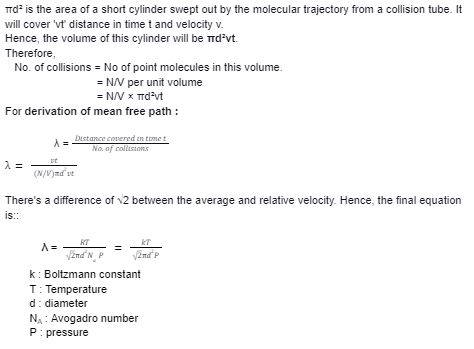Definition:
Eddy current is a current induced in a conducting coil generated due to the change in magnetic flux. It is named eddy due to its eddy-like appearance. As per Faraday’s laws of induction, eddy currents flow in closed loops. In planes, these currents are perpendicular to the magnetic field.
Taking an electromagnet and attaching a battery will produce a current in the magnetic field and magnetic plate. Thus, the induced current will be in the form of eddies as they have whirlpool-like structures or reveal eddy patterns in the water.
Eddy current is found in every solid and acts as a fundamental property. When a conductor changes its magnetic flux, the free electrons experience a sudden magnetic force. Due to this sudden magnetic force, these free electrons gain motion. They move by forming small eddies, and the electric current generated due to this motion in the form of eddies is known as eddy currents. Eddy currents are also known as Foucault’s currents.
Faraday’s Law of Induction
Michael Faraday was an English physicist who discovered magnetic induction in 1830. He stated a law on the generation of magnetic field by an electric current and the change in the magnetic field that generates an electric current in the conductor. Before understanding Faraday’s law of induction, it is essential to learn about magnetic fields. When we compare magnetic fields with electric fields, we find that the magnetic field reveals a more complex structure. The magnetic poles are always present in pairs. The magnets have two poles, the north pole and the south pole. Under Faraday’s law, eddy currents may be defined as the loops of electrical currents within conductors by a changing magnetic field in the conductor.
Uses of Eddy Currents
Eddy currents have various applications. These are described below.
- Eddy currents extract metals from their ore by heating.
- Eddy currents are used in medical applications such as deep heat treatment of patients and heating the localized tissues in the human body.
- Instruments like speedometer and energy meters also use eddy currents.
- Eddy currents are used in magnetic breaks.
Electromotive Force
The electromotive force (emf) is an electrical action generated in a conductor. A non-electrical source produces it. A transducer that converts one form of energy to another form provides electromotive force by transforming other forms of energy to electrical energy. An electric generator or a battery are examples of transducers that produce emf or electromotive force.
The generator or battery converts the chemical energy into electrical energy. These batteries have two terminals. One of the terminals is positively charged and another terminal is negatively charged as they start working on the electric charge being transferred within themselves. Thus, the energy gained per unit electric charge is known as electromotive force.
In other words, the electromotive formula may be defined as the electric potential produced by either electrochemical cells or by a change in the magnetic field. The International Metric System abbreviates electromotive force as E; however, it is also known as emf. The standard measuring unit of emf is Volts.
Calculation of electromotive force
When the coil is mechanically rotated in the magnetic field by using external force, the rotation causes a change in magnetic flux through the coil. Hence, in EMF, the electromagnetic force is induced in the coil. To make the rotation easier, the ends of the coil are connected to an external circuit with slip rings and brushes.
the changing flux is represented by-
Φ(t)=B⋅A(t)=BAcos(ωt)
Here,
B= magnetic field
A= area of cross-section
ω = angular speed of the coil
t= time
Φ = Magnetic flux
E= – N Δϕ/Δ(t)
E = Induced EMF
N= number of turns in the rotating coil
E=−NBAωsin(ωt)
The above equation represents the maximum value of EMF that can be produced in the generator.
Conclusion
Thus, eddy currents are generated in conductors as swirling eddies when there is a change in the magnetic flux linked to it. These currents were discovered by a physicist Foucault.
Eddy currents have various applications. As they possess heating properties, they can be utilized in several ways.
The strong eddy currents, which produce remarkably high heat, extract metals from their ores. As these currents are flown through the ores of metals, the metals melt from their ores. Thus, heating metals from their ores by inducing strong eddy currents is known as an induction furnace.
The electromotive force is produced in a conductor by transducers like electric generators and batteries. These transducers convert chemical energy into electrical energy. It works on the electric charge transferred. Thus, the gain per unit electric charge is known as electromotive force.

 Profile
Profile Settings
Settings Refer your friends
Refer your friends Sign out
Sign out




